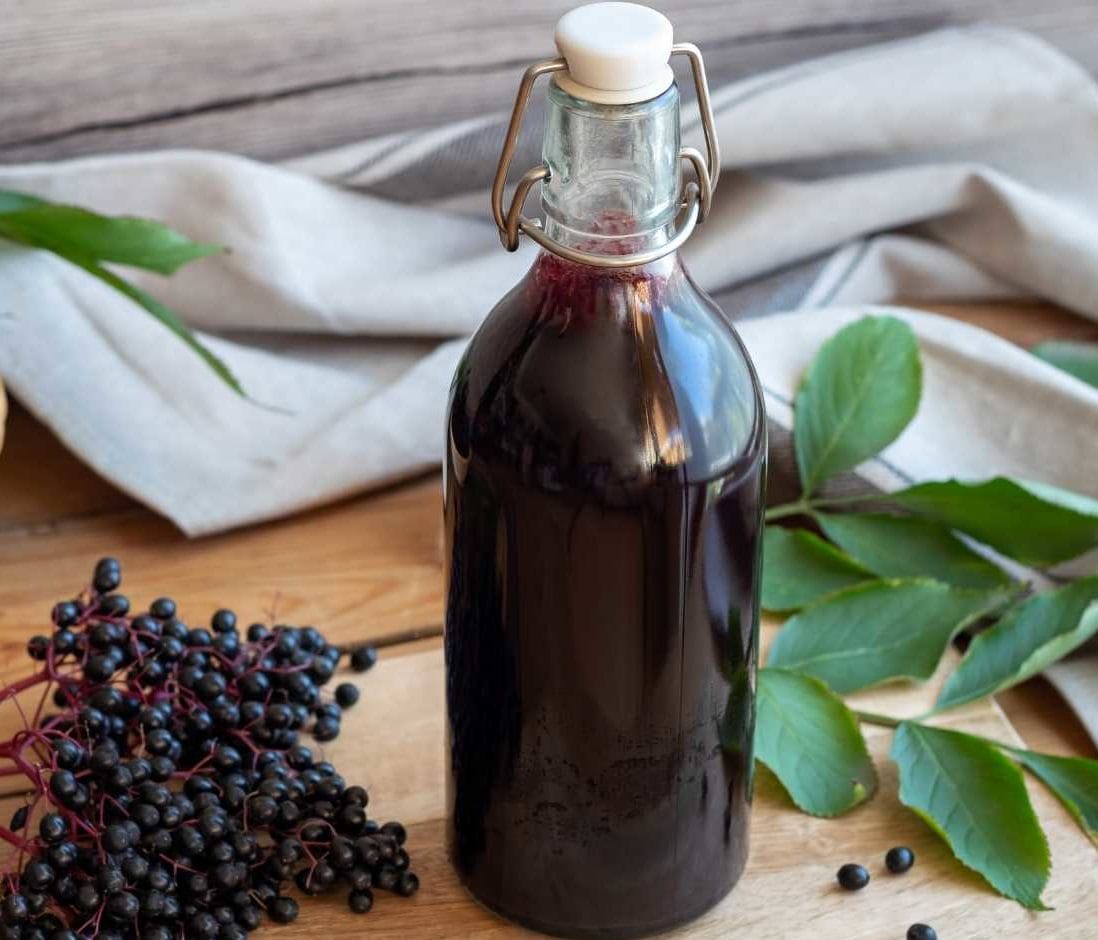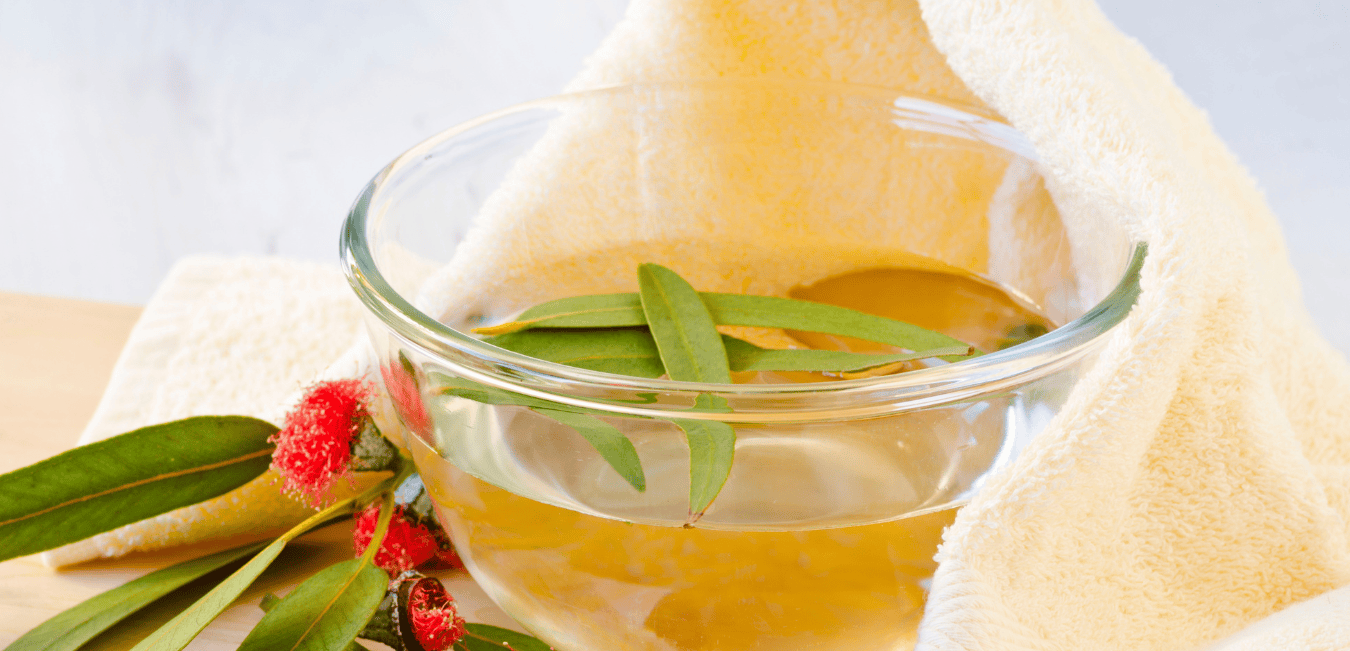Looking for safe and natural remedies to support your child’s recovery, or your own, from a cough? Homeopathic remedies offer gentle support for managing different types of coughs. Studies have shown their potential to help accelerate improvement in respiratory symptoms, reducing the need for antibiotics in some cases (1,2).
This article covers twelve homeopathic remedies for cough — each matched to specific cough types and symptoms — and answers common questions about safe, effective homeopathy use for coughs in children.
My top homeopathic remedies for coughs include: Aconitum Napellus, Antimonium Tartaricum, Arsenicum Album, Belladonna, Bryonia Alba, Calcarea Carbonica, Drosera Rotundifolia, Hepar Sulphuris Calcareum, Ipecacuanha, Phosphorus, Pulsatilla Nigricans, and Spongia Tosta.
For more information about treating coughs holistically, see: Natural Treatment for Coughs
How to Identify Different Coughs
An important part of choosing the correct homeopathic remedy for a cough is identifying the type of cough you are treating. Below are two ways to help you identify the type of cough you or your child have.
- A wet cough will produce phlegm. It may feel like something is stuck in your throat and may cause a wheezing or rattling sound.
- A dry cough will not produce phlegm. It may have a barking or rough sound.
You may like this video covering many different types of coughs, how they sound, and supportive, conventional treatment: 9 Different Cough Types in Kids
Homeopathic Remedies Used for Cough Management
The following is a list of homeopathic remedies that may be useful for managing cough symptoms. It can be tricky to find the correct remedy. If you don’t see improvement in symptoms after 30 minutes or less, repeat the dose; if improvement doesn’t occur after two doses, switch remedies.
To learn more about how to select and dose homeopathic remedies, check out this article: How To Use Homeopathic Remedies – A Quick-Start Guide For Families
1. Aconitum Napellus (aka. Aconite, Acon)
Coughs that would benefit from Aconite are worse after being in the cold, dry air at night. These coughs are dry and may make a hoarse barking sound, and the airways are irritated. Aconite is often the first remedy to try if you suspect a child has croup. The child is often thirsty, restless, and possibly anxious. This remedy is often best used in the first 24-48 hours of symptom onset.
Dosing notes: Aconite 30c or Aconite 200c are commonly used.
2. Antimonium Tartaricum (aka. Antim Tart, Ant-t)
If a child has a rattling sound with their cough that is accompanied with difficulty coughing up mucus, Antim Tart is a good remedy choice. One key symptom for a match with Ant-T is if the child’s cough gets worse when they get angry. Despite feeling chilly, people who need Ant-t prefer cool rooms with the windows open over warm, stuffy rooms. This remedy is more often needed at the tail end of a cough, in comparison to homeopathic aconite, which is more often needed at the beginning of a cough.
Dosing notes: Antim Tart 6C, 12C, or 30C are commonly used.
3. Arsenicum Album (aka. Arsen alb, Ars)
Arsen alb is best used for a hacking, loose cough that shows improvement with hot drinks. These coughs are worsened by fresh air, lying down, night time, and the cold. The child will want to lie down and may wake up coughing around 1-2 AM. When they wake at night the cough will likely be dry.
Dosing notes: Aresenicum Album 6C, 12C, or 30C are commonly used.
4. Belladonna (aka. Bell)
Belladonna is given for a sudden onset, dry, barking cough that causes sharp pains in the chest. There may be a tickling sensation in the throat. A child who matches with Belladonna may have fast breathing and may cry before they cough in fear of the pain it causes. Vivid dreams, restlessness, and symptoms that worsen at night are common.
Dosing notes: Belladonna 30c or 200c are commonly used.
5. Bryonia Alba (aka Bryonia, Bry.)
If a child’s cough is dry or made worse by eating, drinking, or deep breathing, then Bryonia would be a good remedy to try. Coughs that are improved by Bryonia often interfere with sleep, come in fits, are painful, and may result in vomiting. These coughs do not produce phlegm and when they do it is minimal. Children who need Bryonia generally want to be left alone, prefer not to move, and don’t want to be spoken to.
Dosing notes: Bryonia 30c or Bryonia 200c are commonly used.
6. Calcarea Carbonica (aka. Calc Carb, Calc-C)
For coughs that are dry at night, loose in the morning, and worse in the evening in bed, Calc Carb would be a good fit. These coughs are also made worse by bending forward. A fever with a sweaty head is often present when sleeping. The child may have difficulty coughing up mucus, but if they are able to, the mucus is often yellow and smelly. Energy and stamina is low.
Dosing notes: Calc Carb 12c, 30c or 200c are commonly used.
7. Drosera Rotundifolia (aka. Drosera, Dros.)
Drosera would be the appropriate remedy for dry, barking, painful coughs that occur in long bursts of coughing. These coughs are worse when lying down, at night, when talking, or after drinking. The pain from these coughs is improved by putting pressure on the chest. This is a good remedy to try if a child starts coughing as soon as they lay down at night.
As a side note, one observational study has shown that using Drosera 6c three times a day, in combination with Pertussinum 30c one time a week, can improve symptoms of whooping cough (3). The study in question was a case series following 20 people aged 21 months to 20 years old: the authors report that in most cases coughs resolved within a few days to a week, and no adverse events were reported. Because this was a small study, no firm conclusions about this protocol may be drawn; however, it is certainly interesting.
Dosing notes: Drosera 6C, 12c or 30c are commonly used.
For more about whooping cough, read this article: Whooping Cough: An Integrative Approach
8. Hepar Sulphuris Calcareum (aka. Hep Sulph, Hep-s.)
Hep Sulph is best for a barking, croupy cough that leaves the child with a hoarse voice. Thick, sticky, yellow mucus that is difficult to expel is an important symptom pointing to this remedy. The cough will be worse from exposure to cold air and in the evening when the child gets into bed; it may make the child’s chest sore. Sweating is common during coughing fits. This is another remedy to try if you suspect croup, especially if the croup is worse in the early morning.
Dosing notes: Hep Sulph 12c, or 30c are commonly used.
9. Ipecacuanha (aka. Ipecac, Ip.)
Hacking coughs that result in vomiting match well with Ipecac. These coughs are choking, dry, and irritating and come on in fits. Infants and toddlers whose coughs cause them to vomit often do well with this remedy.
Dosing notes: Ipecacuanha 6c, 12c, or 30c are commonly used.
Note: Coughs that cause a child to turn blue in the face during a coughing fit are sometimes listed under symptoms for homeopathic ipecac; however, if your child or infant turns blue when coughing, this is a medical emergency. Seek immediate medical attention and do not attempt to treat at home with homeopathy or any other home remedies.
10. Phosphorus (aka. Phos)
Phos is best chosen for a cough that is dry at night and worse during a fever or while lying on the left side. This cough causes the child to not only wake up but to sit upright to cough. There may be a burning pain in the chest that is made worse when coughing. Cold, fresh air makes the cough worse while heat will result in improvement. The cough may also produce a large amount of phlegm that may be white, yellow, or green. Cravings for ice or cold drinks are common with people who need this remedy.
Dosing notes: Phos 6C, 12C, 30C or 200c are commonly used.
11. Pulsatilla Nigricans (Puls.)
If a child has a dry cough at night, a loose cough in the morning, and is coughing up large amounts of sticky mucus, Pulsatilla would be the remedy to choose. These coughs are improved with fresh air and made worse with heat. Your child may have coughing fits that interrupt their sleep and may be constantly coughing during the evening. Children and infants who need homeopathic pulsatilla tend to be affectionate, moody, clingy, or weepy. They tend to crave sympathy and reassurance: they want to be held and feel better with company and affection.
Dosing notes: Pulsatilla 6c, 12c, 30c, or 200c are commonly used.
12. Spongia Tosta (aka. Spongia, Spo)
A dry, croupy cough that is improved by eating or drinking may call for Spongia. A child may have a difficult time breathing with burning pains in their chest. Their dry cough may result in a hoarse voice. The cough will also get worse when the child gets excited. Spongia is another remedy to try if you expect the child to have croup; it is often needed after aconite, which helps support children through the very first stages of croup.
Dosing notes: Spongia 6c, 12c, 30c, or 200c are commonly used.
Read more about croup here:
Frequently Asked Questions
How Do I Dose A Remedy?
Remedies are ideally given in a “naturally clean” mouth, meaning that you haven’t eaten or drank anything (except water) or brushed your teeth for at least 30 minutes. Homeopathic remedies are available as pellets or liquid. For infants & young children for whom the pellets pose a choking hazard, liquid doses are preferable. If needed, you may dissolve pellets in a small amount of water and administer to the child.
As previously mentioned, if you don’t see improvement in symptoms after 30 minutes, repeat the dose; if improvement doesn’t occur after two doses, switch to a different remedy.
During acute symptoms, you may continue to re-dose the remedy as often as needed to manage symptoms – often every 1-3 hours.
As symptoms improve, less doses are required. For low potency remedies (6c, 12c) give 4-6 times per day. For medium potency remedies (30c), give 2-3 times per day. For high potency remedies (200c), give 1-2 times per day. Reduce the frequency of doses as symptoms resolve to avoid overstimulation.
How Do I Know If I Chose the Correct Remedy?
If the remedy you chose is a good match, the child will most likely show signs of improvement within the first 30 minutes. Their cough may be less severe or become more productive, or their nose may begin to run.
Often the improvement in symptoms allows a child to rest, which may result in the child being able to fall asleep.
Can I Take Homeopathic Remedies and Other Remedies Simultaneously?
Homeopathic remedies can be taken while treating coughs in other ways, including steam inhalation, onion poultice, and other natural treatments for coughs. They are safe to combine with herbal medicine and conventional medicine.
Is Homeopathy Safe During Pregnancy and Infancy?
In my professional opinion, homeopathy is safe for everyone provided that some basic guidelines are followed. Please refer to this article for more details as well as other safety considerations: How To Use Homeopathic Remedies.
When to See A Doctor For Cough
Seek emergency care if the child has labored/difficulty breathing, is experiencing chest pain, has blue lips/face, and/or is coughing up bloody mucus.
Call your doctor if a child’s cough lasts longer than 3-4 weeks. You should also call your doctor if your child has a cough with a high fever, signs of dehydration, rapid breathing, or difficulty speaking normally.
Call your doctor if an infant under 3 months has been coughing for more than a couple of hours.
Summary
In conclusion, homeopathy offers a gentle individualized approach to treating coughs that may help support the body’s natural healing process. By understanding the various types of coughs and matching them to specific remedies — like Aconitum Napellus, Antimonium Tartaricum, or Belladonna — you can find targeted relief for various cough symptoms.
Homeopathic remedies can often be used safely alongside other natural treatments and conventional approaches, making them a versatile option for managing coughs.
Remember, it’s important to consult a healthcare professional if symptoms are severe, prolonged, or worsening, especially for infants and young children.
With the right guidance, homeopathy can be a valuable addition to your toolkit for promoting respiratory health and easing the discomfort of coughs naturally.
References:
- Zanasi, A., Mazzolini, M., Tursi, F., Morselli-Labate, A. M., Paccapelo, A., & Lecchi, M. (2014). Homeopathic medicine for acute cough in upper respiratory tract infections and acute bronchitis: a randomized, double-blind, placebo-controlled trial. Pulmonary pharmacology & therapeutics, 27(1), 102–108. https://doi.org/10.1016/j.pupt.2013.05.007
- Fixsen, A. (2018). Homeopathy in the Age of Antimicrobial Resistance: Is It a Viable Treatment for Upper Respiratory Tract Infections?. Homeopathy: the journal of the Faculty of Homeopathy, 107(2), 99–114. https://doi.org/10.1055/s-0037-1621745
- Y, C. (2018). Whooping Cough Alleviated by Homeopathic Medicines: A Case Report. Alternative Therapies in Health and Medicine, 24(2). https://pubmed.ncbi.nlm.nih.gov/28987075/
Bibliography:
The information for each remedy in this article was taken from clinical experience, homeopathic training, plus various texts on homeopathy including The Complete Homeopathy Handbook by Miranda Castro, Homeopathic Medicine for Children and Infants by Dana Ullman, and Essence of Materia Medica Second Edition by George Vithoulkas.
Castro, M. (1991). The Complete Homeopathy Handbook (First U.S. Edition) [Review of The Complete Homeopathy Handbook]. St. Martin’s Publishing Group. (Original work published 1990)
Ullman, D. (1992). Homeopathic Medicine for Children and Infants. United States: Penguin Publishing Group.
Vithoulkas, G. (2009). The Essence of Materia Medica (Second Edition). B. Jain Publishers (P) Limited.


